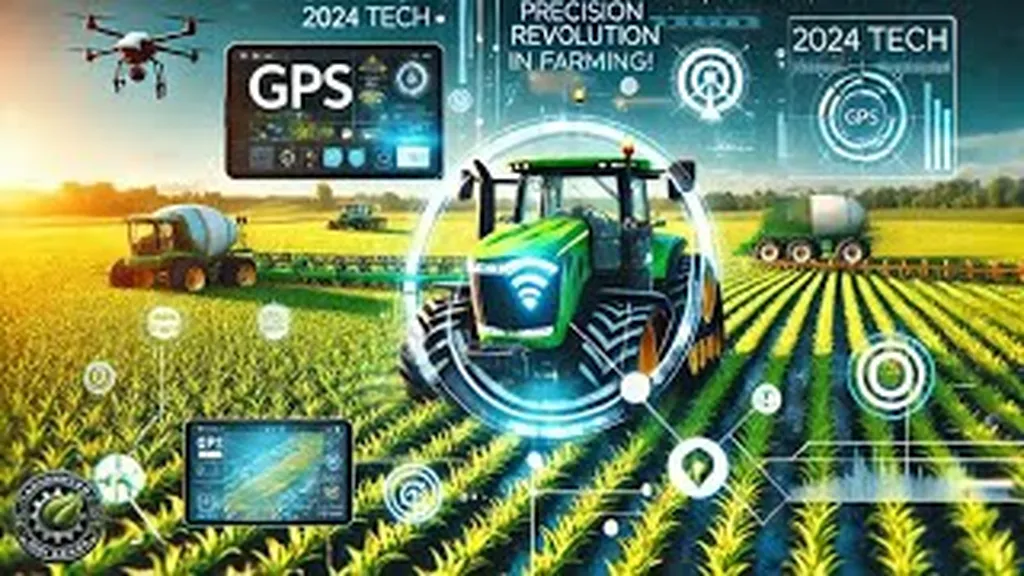The relationship between warfare and innovation is well-documented, from the canned rations of Napoleon’s armies to the energy bars and M&Ms developed for soldiers in the 20th century. But beyond food, military research has long been a catalyst for breakthroughs in materials, satellite technology, and even agricultural tools—technologies that eventually find their way into civilian life. Today, that dynamic is playing out in agri-tech, where drones, AI, and advanced analytics—once the domain of battlefield reconnaissance—are being repurposed to boost productivity, sustainability, and resource efficiency in farming and forestry.
At the recent World Agri-Tech Innovation Summit in London, industry leaders explored how the military’s precision-driven mindset could help agriculture overcome persistent bottlenecks in technology adoption. Emilio Loo Monardez, a former navy engineer now heading agri-tech development at the University of Warwick, argued that farming shares a critical trait with military operations: there are no second chances. “Agriculture is a very complex sector where farmers are under unique pressure,” he said. “You don’t have second opportunities, so you need to be precise.” His military background has reinforced the importance of data interoperability and strategic focus—lessons he believes could sharpen agri-tech’s impact. “You cannot be tackling everything. Understanding the key priorities that will make a difference for the business is something I learned in the navy.”
The idea of borrowing from defence isn’t just theoretical. Clemens Graf von Hardenberg, senior business development manager at Xarvio, BASF’s digital farming platform, pointed to Ukraine’s drone industry as a case study in agility. Ukrainian manufacturers, originally focused on agricultural drones, pivoted to military production during the war, rapidly scaling output and refining operations under extreme conditions. That same iterative, fast-moving approach is now being applied back to farming. “We are flying drones in Brazil to reduce herbicide use by up to 60% by mapping weeds for farmers,” von Hardenberg said. “The ability to test, adapt, and scale quickly—like we’ve seen in Ukraine—is what can help start-ups create valuable businesses.”
Yet speed alone isn’t enough. Tom MacMillan, CEO of Ag-Impact, highlighted the need for long-term strategic foresight—a staple of defence planning but often missing in agriculture. “In defence, the whole policy process is anticipatory—asking what our needs will be in 5, 10, 20 years,” he said. “We don’t have that in agriculture, certainly not in the UK. We’re flying blind at the strategic level.” Without it, he warned, the sector risks either overengineering solutions that arrive too late or failing to anticipate shifts in climate, trade, or technology.
The challenge of balancing innovation with practicality was a recurring theme. James Green, group director of agriculture at G’S Fresh, cautioned that not every high-tech solution translates to real-world farming. “We had a robot that couldn’t navigate our soil type,” he said. “That’s not a solution ready for adoption.” The risk, he implied, is that agri-tech could end up chasing technical novelty rather than addressing the tangible problems growers face daily.
The discussion came as the UK government signalled a renewed push to expand its agri-tech sector. Defra secretary Angela Eagle recently announced a flagship initiative to support start-ups and SMEs, aiming to accelerate technology development. Loo Monardez welcomed the move but stressed that funding alone wouldn’t suffice. “It’s very expensive to move research ahead,” he said. “We need to map out which capabilities we have and what’s strategically needed to secure food in the UK and Europe.” His call reflects a broader consensus: if agriculture is to benefit from the lessons of defence, it must adopt not just the tools but the discipline—combining rapid iteration with clear strategic goals.
For an industry grappling with climate change, labour shortages, and volatile markets, the stakes are high. The question isn’t whether agriculture can learn from defence, but how it can do so without losing sight of its own unique demands. As Loo Monardez put it, “Transferring learning from sectors like automotive, defence, and aerospace into agriculture is vital.” The task now is to ensure those lessons land where they matter most—in the fields.

